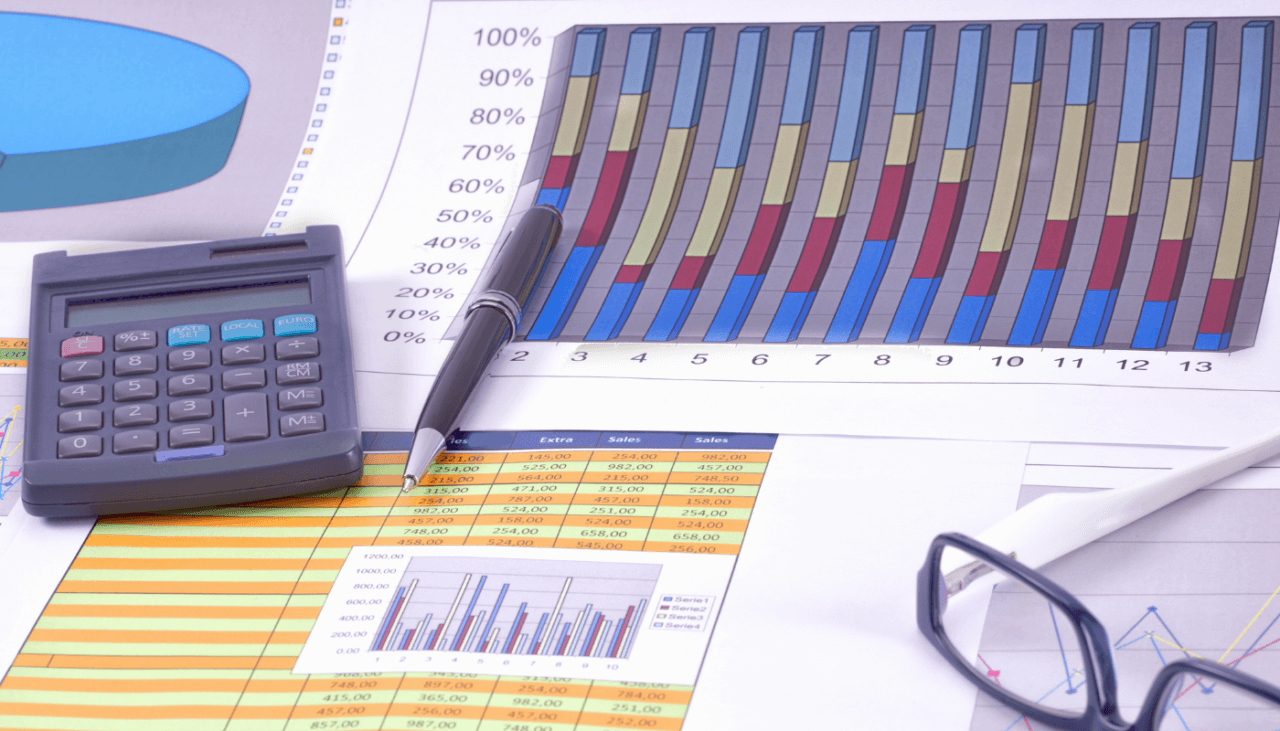Budget or Forecast: Which method – or combo – most benefits your business?

When it comes to setting financial goals for your business, there are two main methods to consider: budgeting or forecasting.
Most businesses use one or the other, but understanding how each one works, and how to leverage the information provided from each, is critical to better defining your objectives to achieve your goals and adapt to real-time market conditions. Given the changes in the business environment today, it may even make sense to combine the two as part of your strategy.
Budget
Budgets are a common practice businesses have used for years because they are hard numbers that help corral a project or department. The budget-to-actual comparison shows hard data, which can inform or result in changes to operational efficiencies, such as performance-based compensation at the end of the year.
However, budgets usually are set with lofty goals in mind and rarely represent market realities, as budgets account for your financial position and cash flow during a specified time. Don’t expect to update it too often, as the point of the budget is to establish a financial litmus, but don’t leave it alone for too long, either.
Companies can become stuck in a budgetary quagmire whenever there are significant changes to the economic conditions related to the company. In these cases, a budget may seem like a shackle to your ability to react quickly to significant developments that threaten the company’s stability.
Budget planning also can be time-consuming, as the budgeting process can take upward of a month or longer, depending on an organization’s size and the complexity of the budget involved. This means the foundational information could be out of date by the time you implement your budget.
Forecast
Forecasting is typically limited to major revenue and expense line items. Unlike budgets, forecasts are updated frequently and are not held to an analytic standard. A forecast informs management of where the business currently stands, enabling real-time decision-making, unlike a budget, which is more or less static.
Rolling forecasts are similar to budgets in that they are predictive, but they are based on real-time numbers and forecast a set period from the current numbers. Instead of looking at the last calendar years’ worth of data, a rolling forecast looks at existing data and uses such data to predict future performance. The benefits are prospective financial analysis is updated regularly based on current information and can be adjusted should conditions change.
Combine Budget and Forecast
If you are not ready to ditch your budget, you can implement new practices to help you budget more accurately and be ready to adjust for issues more quickly. Reviewing your budget more often can help your business create processes to adapt to changes in conditions that were unexpected at the time the budget was drafted.
That’s where a hybrid system of a budget and a rolling forecast model comes in. You can use your budget as your baseline and identify trends and changes in conditions as part of your rolling forecast to get the hard, fact-based advantages that allow you to make operational adjustments based on new trends and data uncovered as part of your rolling forecast.
Financial forecasting is one of the most vital activities a business can embrace. Ensuring the process is accurate and flexible often can mean the difference between profit and loss.
The Goering & Granatino team understands budgeting and forecasting is a unique process for every client in every industry. We can help you identify your company’s revenue drivers and recommend – and create – a method that works best for you. Contact us today to get started!
